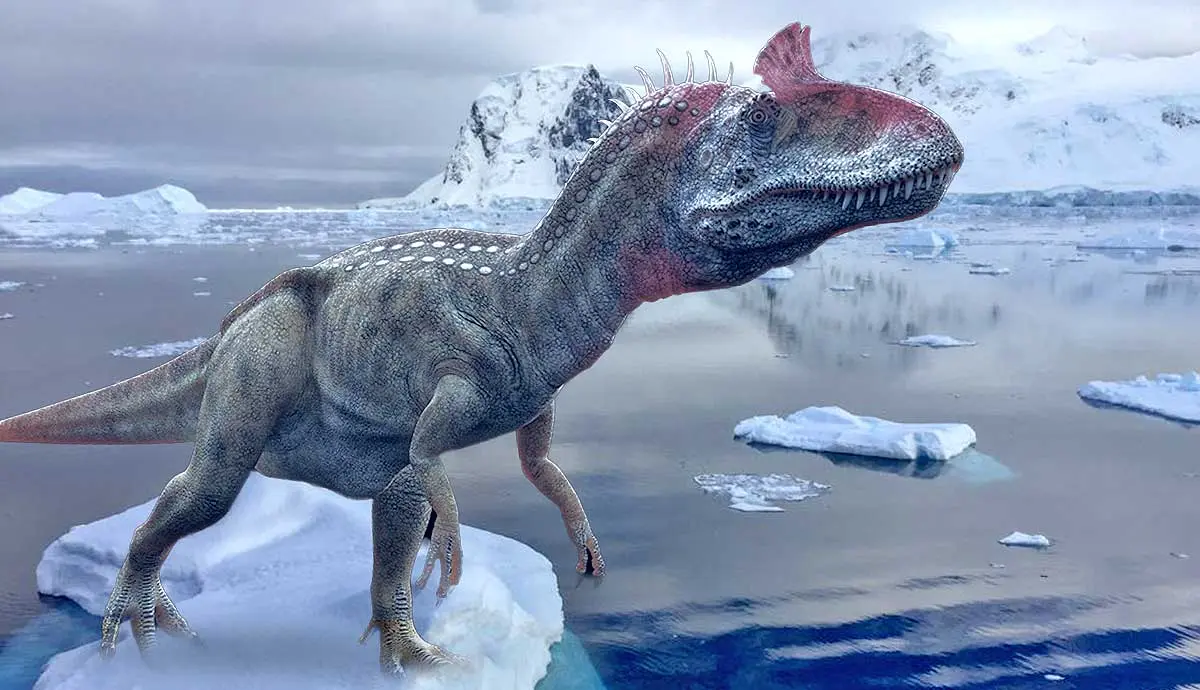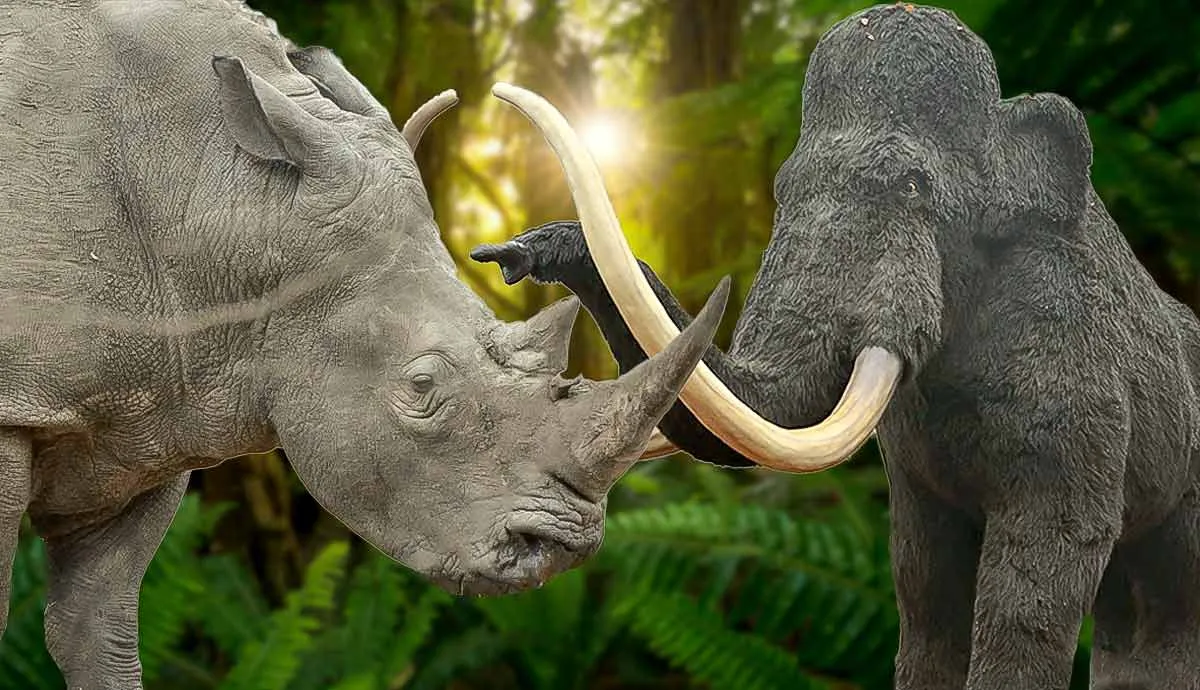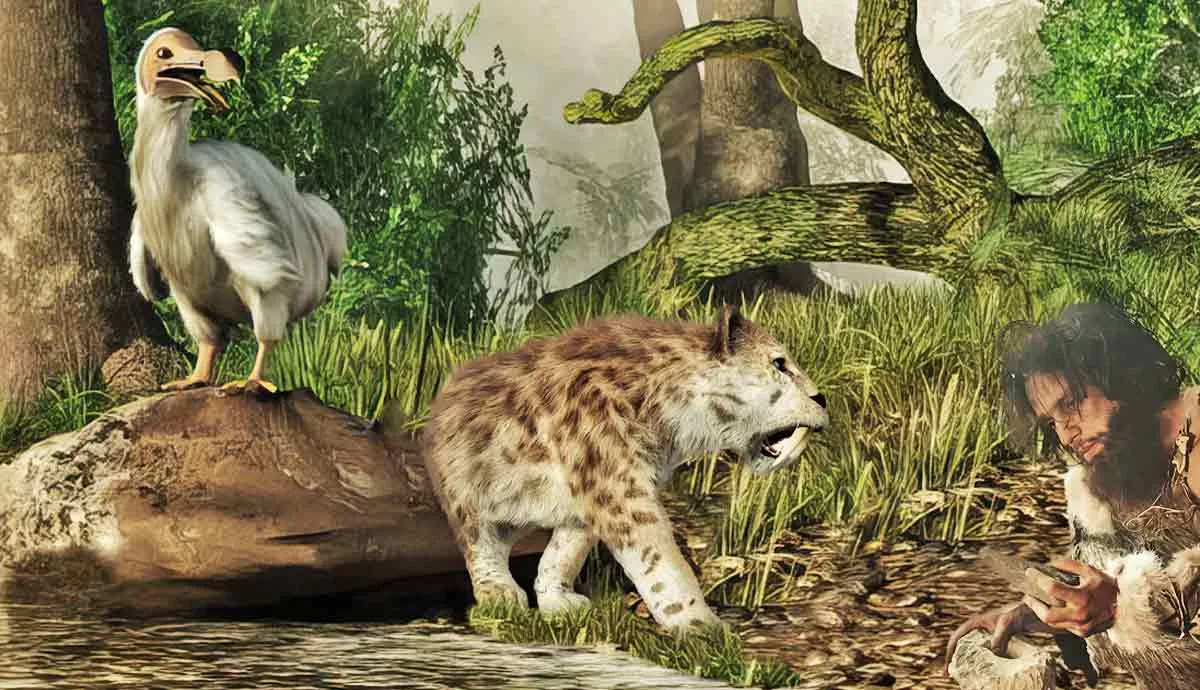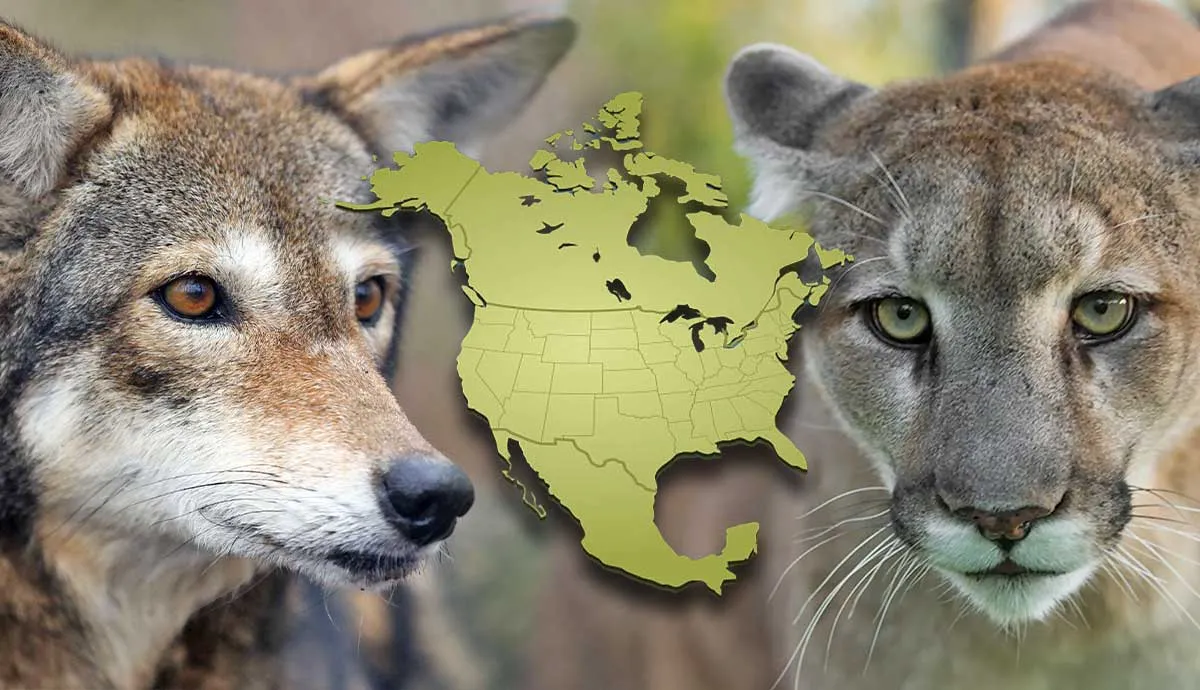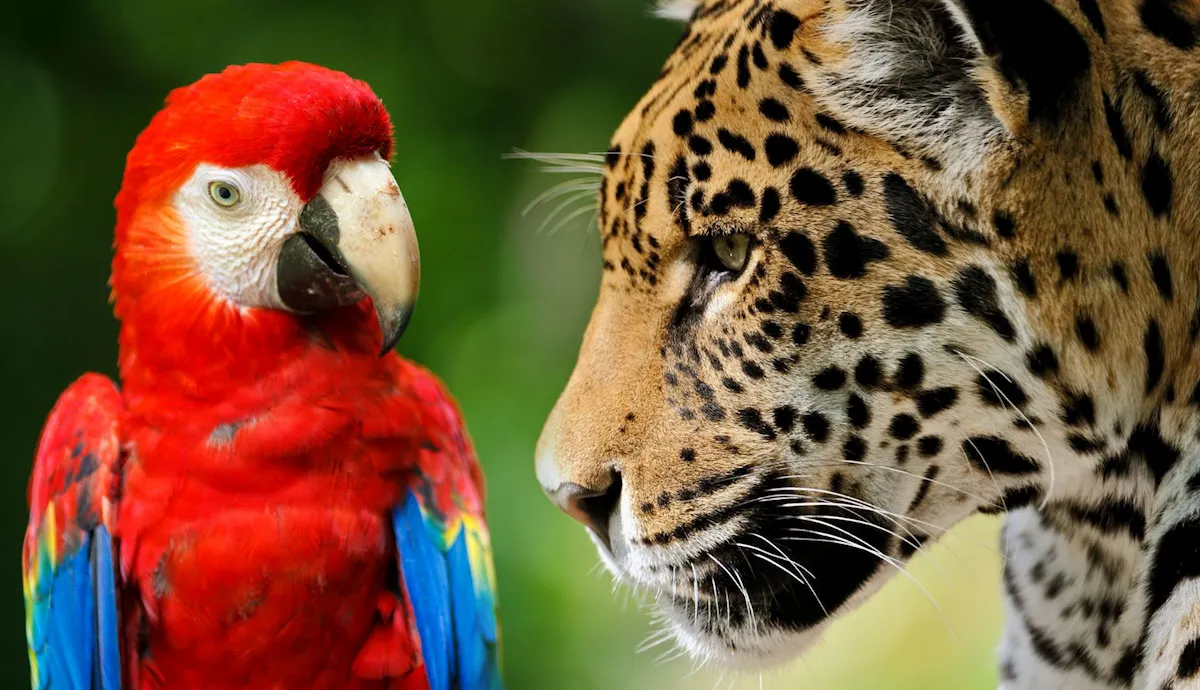When you think of Antarctica, you probably think of a desolate sheet of ice where nothing lives. Although this is the continent’s modern landscape, millions of years ago, Antarctica was a thriving wooded area teaming with life.
Before Antarctica broke away from its supercontinent Gondwana, many marine dinosaurs, including the ankylosaur, mosasaur, plesiosaur, and cryolophosaurus lived here.
So, what was it like in Antarctica when dinosaurs roamed the Earth?
What was it like in Antarctica when dinosaurs roamed?
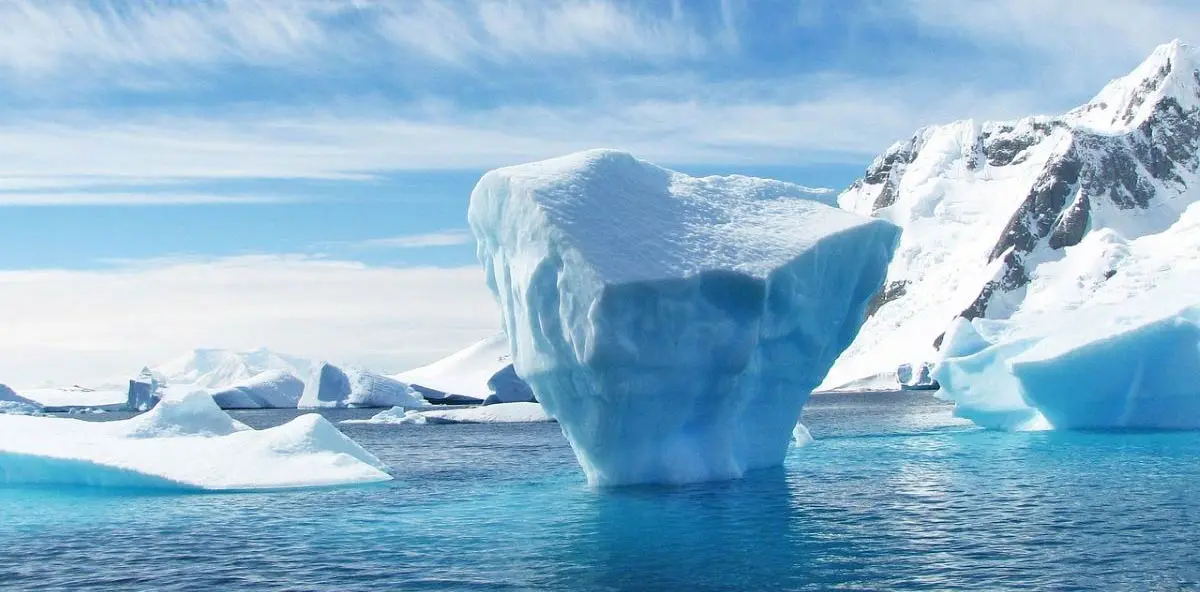
Antarctica is the largest block of ice on Earth. It covers more than 5 million square miles. In the past, though, Antarctica was part of a supercontinent called Pangaea. This supercontinent broke into two parts about 180 million years ago.
Gondwana, the half of the supercontinent that contained Antarctica, began to break apart during the Jurassic period (around 200 million years ago). Finally,
During the mid-Cretaceous period (around 145 million to 66 million years ago), CO2 from volcanoes and seafloor vents created a greenhouse effect. This warmed the Earth allowing the north and south poles to develop forests.
Dinosaurs thrived during this time in Antarctica and were able to travel from South America to Antarctica to Australia through connected passageways.
Eventually, the Earth began to cool, and Antarctica split completely from the other continents, finding its home in its present-day south pole position.
Cryolophosaurus
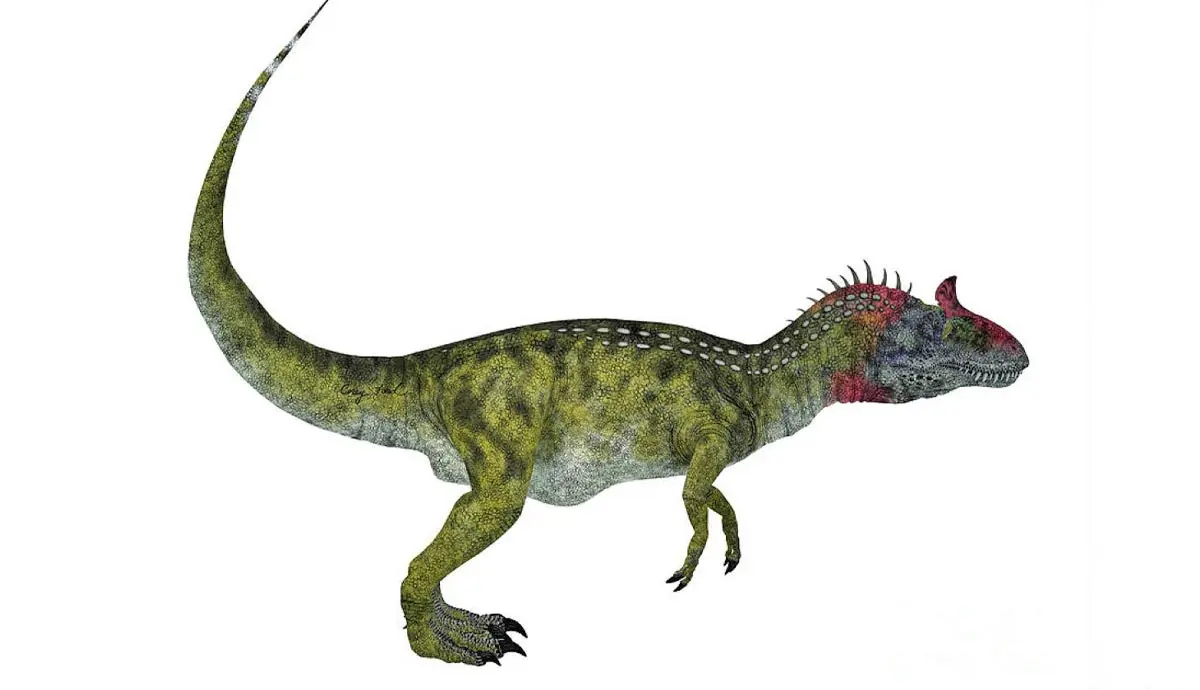
Found in the depths of Antarctica’s icy sheets, the unique species Cryolophosaurus (its name means frozen crest lizard) was the largest early Jurassic theropod.
This carnivorous dinosaur had many sharp, pointed teeth. It moved on two legs, much like the T-Rex. It had a characteristic crest on its skull, above its eyes. It weighed approximately 1,102 pounds and was about 26 feet tall. It is one of the earliest meat-eaters found.
The fossil of this large meat eater was discovered by Dr. William Hammer in 1991. It was found on Mount Kirkpatrick in the Beardmore Glacier region.
Ankylosaurus

The first dinosaur discovered in Antarctica was the ankylosaurus. This large, armored dinosaur was a herbivore. They lived during the Jurassic and Cretaceous periods. They evolved a great defense against the large meat-eaters of their environment.
The ankylosaurus has bony plates with spikes all along its back. It also has a clubbed tail that was probably used to ward off predators.
Mosasaur

Although mosasaurs aren’t technically dinosaurs, they were huge marine reptiles that lived 66 million years ago in the waters surrounding Antarctica.
In 2010, the skull of a mosasaur was uncovered on Seymour Island. Subsequently, a football-sized fossilized egg was found on the same island, which is thought to be a mosasaur egg. Seymour Island may have very well been a breeding ground for mosasaurs.
Mosasaurs lived during the Cretaceous period. They were probably about 33 feet long and hunted the plesiosaurs that dwelled in the area.
Plesiosaur
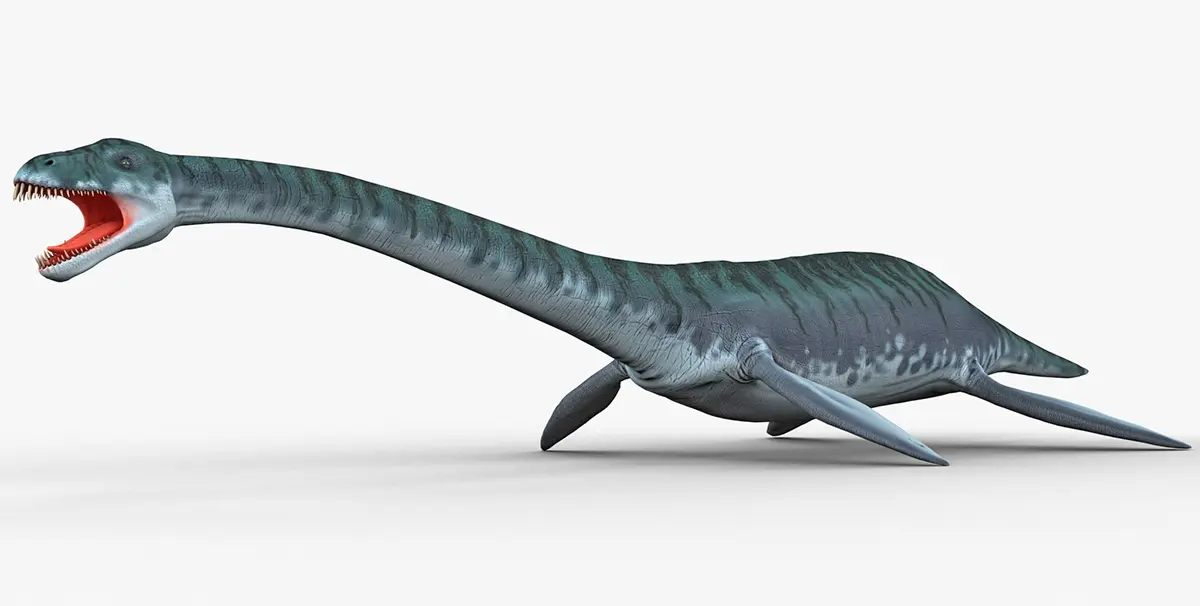
The plesiosaur was a large, aquatic reptile that lived from the Triassic Period to the late Cretaceous Period.
It had a long neck, flat body, and paddle-like flippers. Does that sound familiar? If you think this creature sounds like the Loch Ness monster in Scotland, you wouldn’t be wrong. Some cryptozoologists and monster hunters believe Nessie is a leftover plesiosaur from the times of dinosaurs, but scientists say that is highly unlikely.
This marine reptile was 15 feet long. It probably fed on invertebrates.
In 2005, plesiosaur remains were found on Antarctica’s Seymour Island. It took three trips to fully extract the estimated large creature. The last recovery effort was in 2017.
The plesiosaur recovered at Seymour Island was massive. It suggests that life on this continent and the surrounding waters were flourishing. This island was likely a breeding ground for the marine dinosaur and her predator enemy, the mosasaur.
What changed?
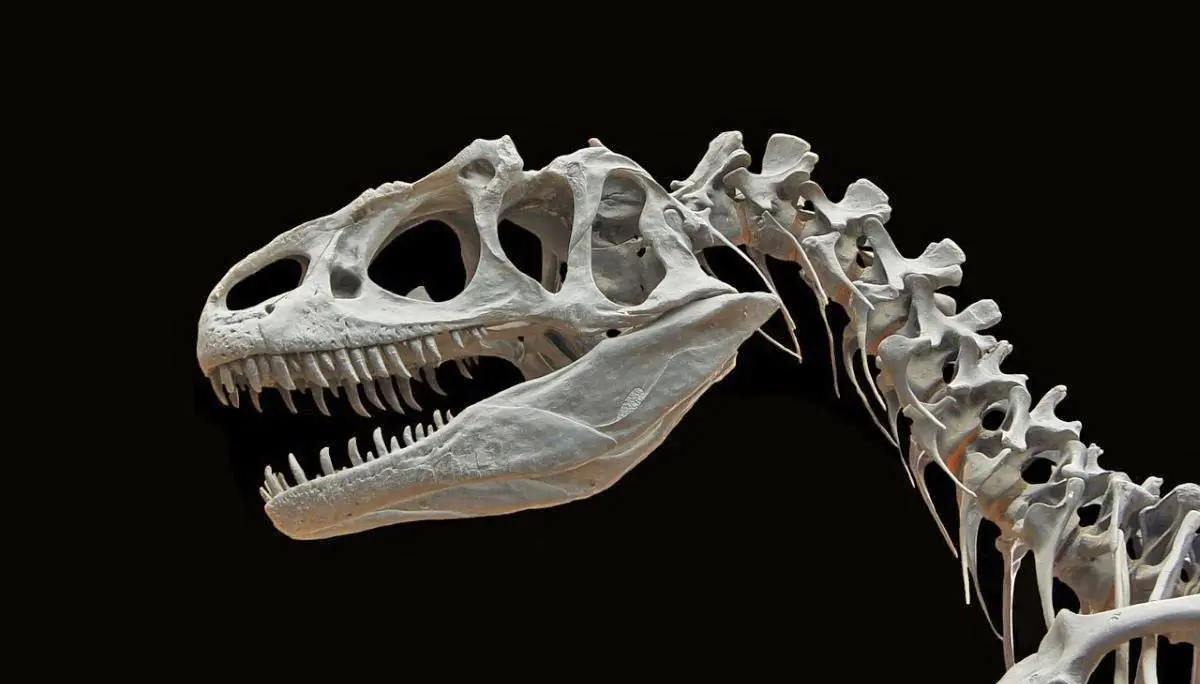
Many scientists don’t know for sure when Antarctica separated from the other continents, but they estimate that it was somewhere along the lines of 34 million years ago. That final separation left Antarctica to float further south, where it began to freeze as Earth’s climate changed.
The mass extinction event that most likely did away with the dinosaurs happened about 66 million years ago. So, by the time Antarctica iced over, the dinosaurs were already long gone.
The relatively untouched surface of this continent makes it a treasure trove for paleontologists.
Beneath the ice, there are untold discoveries to be made. Plants and animals preserved beneath these sheets can give further insight into what it was this continent was like millions of years ago.
Many more dinosaurs are likely to be uncovered in the frozen depths of Antarctica. This once lush continent was home to a host of some of the most amazing creatures to ever roam the earth. It’s exciting to think about what new species are yet to be discovered in that frozen frontier!
